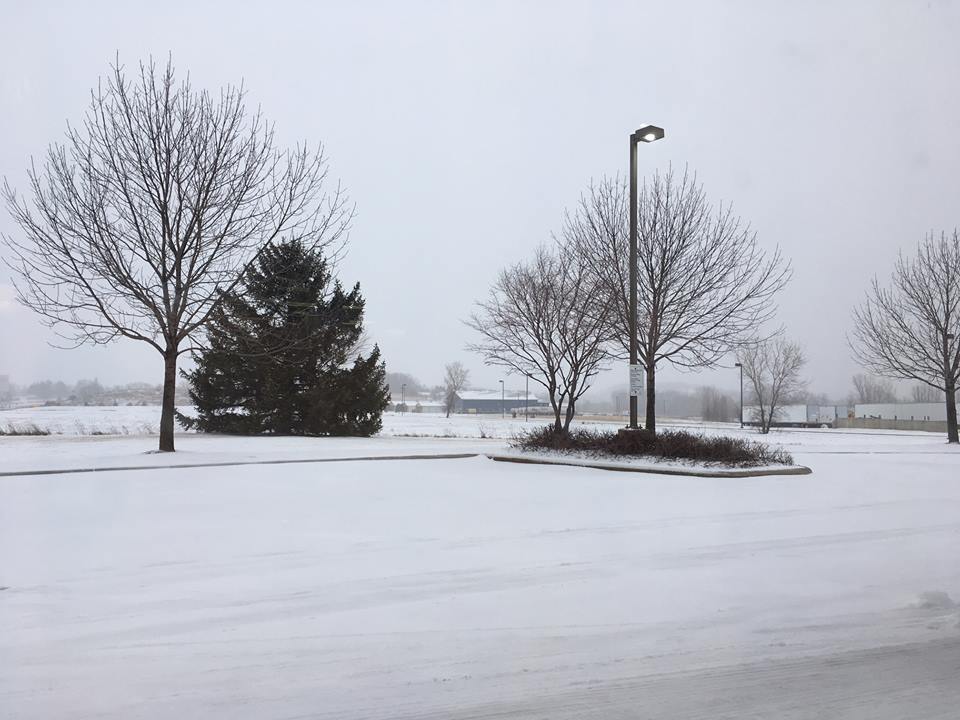
 Here’s a wonderful article on adaptation from Bombsite—
Here’s a wonderful article on adaptation from Bombsite—
Michael Ondaatje: I spent six years writing the book, The English Patient, the last two years of which were spent creating the only structure I thought it could have. So to turn around and dismantle that structure and put the head where the tail was… There’s no way I could have been objective and known what should go, what should stay.
WD: Were you involved in the initial script development?
MO: Quite a lot. Anthony Minghella, Saul Zaentz and I met every time there was a draft, and I think we worked well and adventurously together. The script felt “new,” and was not a “shadow” of the book. Because all three of us were working on something new it was a much more exciting project. I was amazed, right from the beginning, how Anthony got the voices, when Barnes meets Katherine and says, “Of course, I know your mother,” that sense of class knowledge of each other was caught perfectly. In any case, each time there was a new draft, we would meet up. It was a real education in terms of how a script gets tighter and tighter. Film is much tougher. I don’t think I could write a great chapter and then give it up because of the book’s overall time limitations, as you sometimes must do with entire scenes in film. That’s like a bad joke for a writer.
WD: I run into so many people who, when they hear I’m involved with the film, say, “Oh, I loved the book.” And I get this sinking feeling, not out of disrespect to the movie, but that somehow they’re not going to see the book, not even a version of the book. They’ll see something that grew out of it.
MO: I feel the film has become something quite distinct, with its own DNA.
Read the full article HERE





No comment yet, add your voice below!